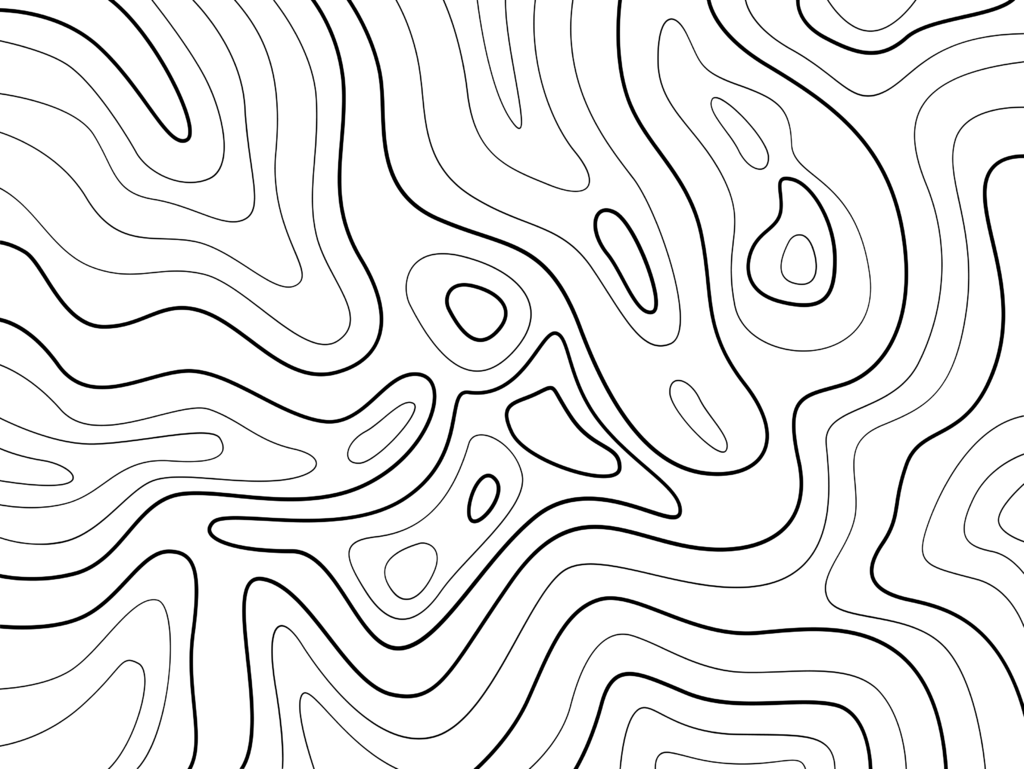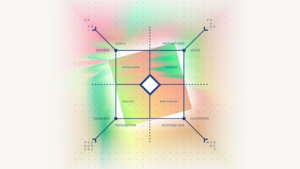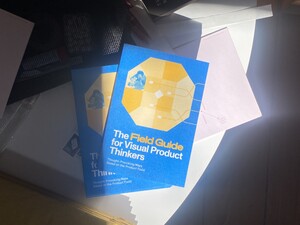Tool builders are tool users are tool builders

Let’s think about products and services as tools. They connect humans creating and humans experiencing value. When tools change the way we see the world, they also change the way we work and create value. What happens when we change our tools?
Value creation happens by the people inside the organization. They contribute their labor to produce and implement a thing. If all goes well, these people are empowered to give their best without burning out. They invest their knowledge, competence, social skills, and craft to build the product. They establish routines and processes to keep going and work well-organized. They partner with other teams and companies. They buy materials. And they use tools (products, services — think: things) to build that thing.
People outside the organization use that built thing. If this thing is a good thing, it has a positive impact on the users. They experience value. The thing offers a solution to their problem — a solution that is better than existing alternatives. It fits their needs. It helps them to pursue a certain motivation. It gets the job done.
People use tools to build tools
Let’s think about things as tools. Tools are important elements in our culture. Tools shape our world. They shape how we see the world. They change the way we act. They change the way we work.
If you do have three minutes, right now – watch an exceedingly great part of a talk by Wilson Minor on Vimeo, beginning at minute 8:00. The presentation is ten years old – but the concepts he shares last way longer.
When tools change the way we see the world, they also change the way we work and create value. While this change happens, new knowledge is created. That’s why we replace existing tools with better tools.
People replace existing tools with better tools.
Designers dropped Photoshop and started working with Sketch, as it helped them to produce better UI-Design. They are leaving Sketch and start working in Figma as it enables them to collaborate earlier, easier, and more often. They forget that they once used Invision and did developer handover in … (Uhm, what was the name of that tool starting with Z?). Developers went from CSV to SVN to git. Coding has always been social, but not as “:+1:”-social as we comment pull requests today on GitHub. Developers dropped SublimeText in favor of Atom, dropped Atom in favor of VS Code to use SublimeText once again. Some are still as fast in vi as back then when others switched to VS Code (but collaborative live coding?).
What is a developer without their IDE? What is a UI Designer without tools for UI Design?
As humans, we are tool builders.Steve Jobs
As humans, we are tool users.
Others build things that we value and therefore use to build things that others value and therefore use to build things … and on and on and on.
Tools connect

As product persons, we are using tools as well. Some are generic, like Microsoft Office or Google Docs, Zoom or Teams, Mural or Miro. Others are specific ones: for road mapping, issues tracking, or project management. Then there are custom-built solutions: We use Excel, Airtable, or Notion to create a tool for our team and ourselves that fits our needs perfectly
What we have been missing: A tool to continuously collaborate on product strategy while developing innovative products. That is why we are building Field. A bicycle for our minds when we-thinking about product strategy.

Starte deine zielgerichtete Field Testphase mit einem unserer Product Coaches. Oder buche eine persönliche Demo Session.
References
Wilson Miner - When We Build, Recorded at Build 2011, Vimeo
“We shape our tools and thereafter our tools shape us” – Father John Culkin, not Marshall McLuhan
Steve Jobs - Steve Jobs on Bicycle, YouTube




